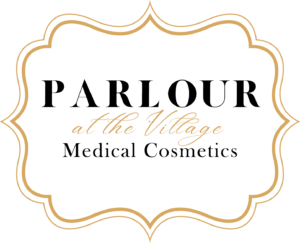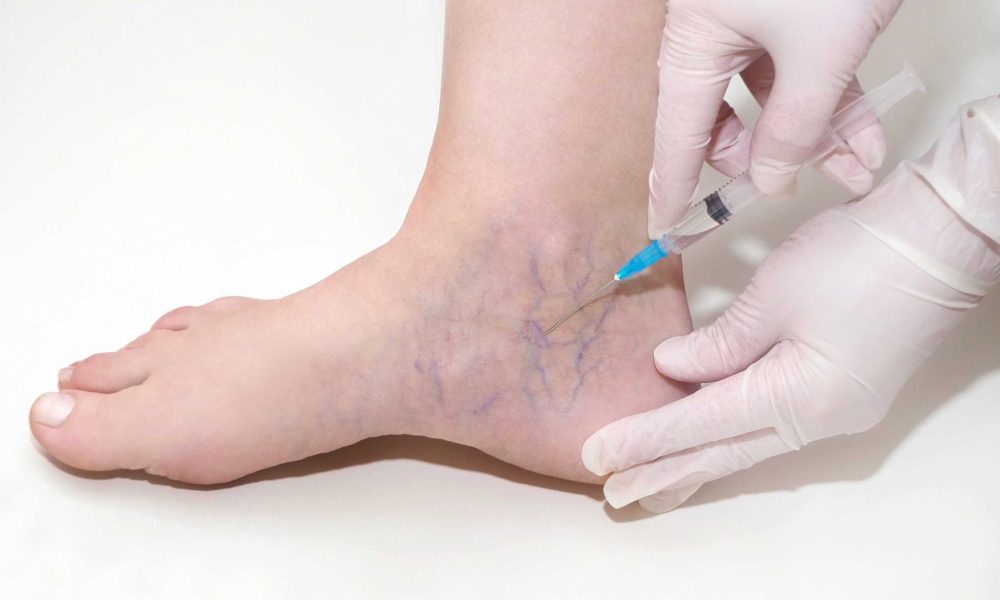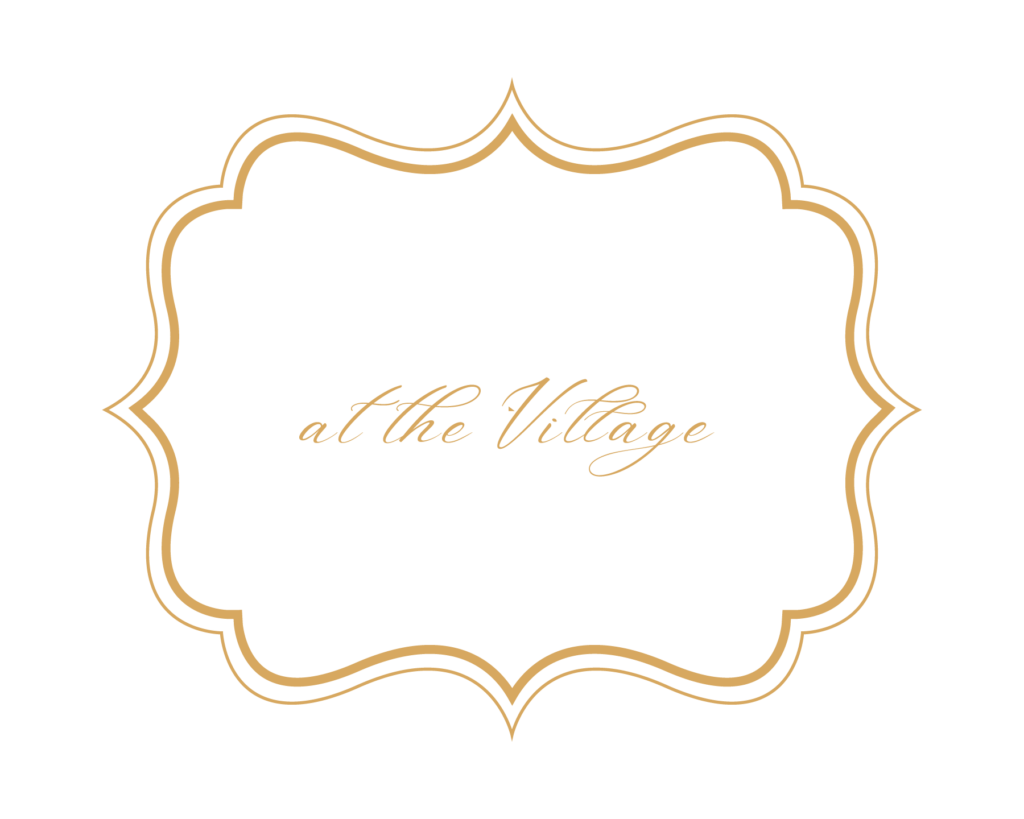When treating spider and varicose veins, two of the most popular methods are Sclerotherapy and laser treatment. Both treatments have their unique features, benefits, and considerations. Let’s explore the differences between these two treatments to help you understand which might be the best option for your needs.
Understanding Sclerotherapy
Sclerotherapy is a time-tested treatment that has been used for decades to effectively treat spider veins and smaller varicose veins. Here’s an in-depth look at how Sclerotherapy works:
Preparation and Assessment
- Initial Consultation: A medical professional assesses the patient’s veins and discusses medical history to ensure suitability for the procedure.
- Vein Mapping: Sometimes, an ultrasound might be used to map the veins and identify the best treatment areas.
The Sclerosant Injection
- Injection of Sclerosant: A solution, usually a salt-based sclerosant, is injected directly into the target vein using a fine needle.
- Action on Vein Walls: This solution causes irritation and inflammation of the vein’s inner lining (endothelium).
- Vein Closure: The inflammation causes the walls of the vein to stick together and eventually seal shut. Blood flow is rerouted to healthier veins.
Post-Injection Process
- Formation of Scar Tissue: Over time, the treated vein turns into scar tissue.
- Fading of the Vein: Gradually, the scar tissue is reabsorbed by the body, and the vein fades from view, often disappearing completely.
Recovery and Aftercare
- Immediate Recovery: Patients can usually walk immediately after the procedure and return to normal activities.
- Compression Stockings: Wearing compression stockings for a period (often a few weeks) post-treatment helps with the effectiveness of Sclerotherapy.
- Follow-up: A follow-up visit might be scheduled to check on the treated area and decide if additional sessions are needed.
Effectiveness and Multiple Sessions
- Multiple Treatments: Some veins may require several treatments for optimal results.
- Success Rate: The procedure has a high success rate, with 50-80% of injected veins typically disappearing with each session.
Mechanism of Action
- Cellular Response: The sclerosant causes cells lining the vein to become damaged, leading to clotting and eventual closure of the vein.
- Diversion of Blood Flow: Once the vein is closed, blood naturally reroutes through healthier veins, improving circulation.
Safety and Risks
- Generally Safe: Sclerotherapy is a safe procedure with minimal downtime.
- Possible Side Effects: Side effects can include bruising, redness, pain at the injection site, and, in rare cases, more serious complications.
Patients seeking individualized treatment for varicose and spider veins should consult a healthcare specialist for Sclerotherapy, a minimally invasive procedure that offers both cosmetic and symptomatic relief.
Exploring Laser Treatment
Exploring laser treatment for spider veins and smaller varicose veins involves understanding how this advanced, minimally invasive method can effectively address these common vascular issues. Here’s a closer look:
Principle of Laser Therapy
- Laser Light: A laser emits a very focused beam of light.
- Wavelengths: Different wavelengths are used to target different types of tissue. For example, some wavelengths are absorbed better by dark pigments, others by water, and others by blood.
How Laser Treatment Works
- Targeting Veins: Laser treatment uses focused light energy to precisely target the pigment in the veins.
- Heat Generation: The laser heats the vein, causing it to collapse and seal shut. This process stops blood flow in the affected vein.
- Body’s Natural Healing: Over time, the body reabsorbs the treated vein, and blood flow is redirected to healthier veins.
Procedure Details
- Session Duration: Each session typically takes less than an hour.
- Comfort: A cooling device or gel is often used to minimize discomfort.
- Aftercare: Post-treatment care may include wearing compression stockings and avoiding sun exposure on the treated areas.
Risks and Considerations
- Side Effects: Skin discoloration that lasts a short while, redness, and edema are possible adverse effects.
- Rare Complications: Although rare, there can be risks of burns or scars if the treatment is not performed correctly.
A safe, effective, minimally invasive approach with excellent success rates and comfortable, visually pleasing outcomes is laser treatment for spider and varicose veins.
Comparing Sclerotherapy and Laser Treatment
Comparing Sclerotherapy and laser treatment, particularly in the context of treating varicose and spider veins, involves assessing various aspects of each procedure, from their methodologies to their effectiveness and suitability. Here’s a comprehensive comparison:
Methodology
- Sclerotherapy: Involves infusing the vein with a sclerosant solution, which will eventually cause the vein to collapse and be reabsorbed by the body.
- Laser Treatment: Heats and damages the vein with concentrated light energy, causing it to close and absorb.
Effectiveness
- Sclerotherapy: Highly effective for small to medium varicose veins and spider veins. The success rate is generally high, with 50-80% of treated veins disappearing after each session.
- Laser Treatment: More effective for smaller veins, such as spider veins, and particularly useful for veins that are difficult to address with Sclerotherapy.
Pain and Discomfort
- Sclerotherapy: Can cause mild discomfort or stinging during the injection, but is generally well-tolerated.
- Laser Treatment: May cause more discomfort during the procedure, often described as a rubber band snapping against the skin.
Recovery Time
- Sclerotherapy: Minimal downtime. Usually, patients are able to resume their regular activities the following day.
- Laser Treatment: Also minimal downtime, but the area treated may be sensitive to light and require more careful protection post-treatment.
Side Effects
- Sclerotherapy: This can include bruising, swelling, and itching at the injection site. Rarely, it can cause skin ulceration or allergic reactions.
- Laser Treatment: Blisters, edema, and redness are possible side effects. Skin darkening is an additional danger.
Cost
- Sclerotherapy: Generally less expensive than laser treatments, but multiple sessions may be required.
- Laser Treatment: Typically more costly per session compared to Sclerotherapy.
Suitability
- Sclerotherapy: Ideal for small to medium-sized veins and those that are visible and can be easily targeted with a needle.
- Laser Treatment: Better suited for very small or fine spider veins and for patients who are needle-averse.
Repeat Sessions
- Sclerotherapy: Often requires multiple sessions for optimal results.
- Laser Treatment: This may also require several sessions, especially for extensive or dense spider veins.
Best Use Cases
- Sclerotherapy: Preferred for larger spider veins and smaller varicose veins.
- Laser Treatment: More suitable for very small, fine spider veins, and for facial veins.
Both Sclerotherapy and laser treatment are effective for treating varicose and spider veins, but the choice between them depends on the size and location of the veins, patient preference, cost considerations, and individual medical history. Consulting with a healthcare provider specializing in vein treatments is the best way to determine the most appropriate method for each case.
The Bottom Line
Choosing between Sclerotherapy and laser treatment depends on various factors like the size and type of veins, skin tone, and personal preferences regarding treatment methods. Parlour At The Village offers Sclerotherapy, a proven treatment that combines medical expertise with a commitment to patient care and satisfaction for those seeking a reliable and effective solution for varicose and spider veins. Don’t let vein concerns hold you back any longer—discover the transformative benefits of Sclerotherapy today!






